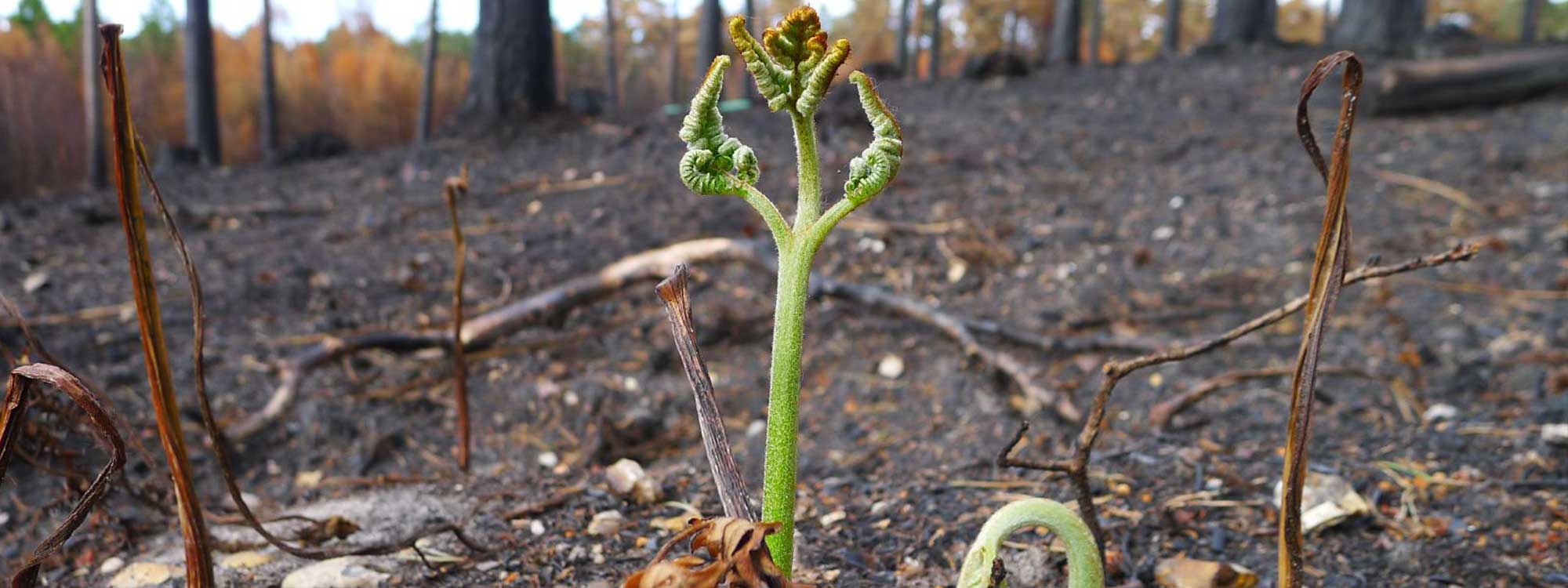At a public event on July 19, community members joined with environmental, labor, and elected leaders to mobilize as the Alliance for a Just, Equitable, and Sustainable Recovery—also known as the Just Recovery Alliance—from the North Bay fires in Sonoma County, Santa Rosa and beyond.
The event was organized by North Bay Jobs with Justice. Greenbelt Alliance, Sierra Club, Sonoma County Conservation Action, 350.org, and many of our allies in the environmental community are key partners in the Just Recovery Alliance.
The recovery and rebuild is a marathon, not a sprint. That is why the Common Agenda put forth at this meeting, which offers a blueprint for how to proceed, is so essential. Its vision of a just, equitable and sustainable recovery is critical to the future of our region’s people and environment.
A Fire Adapted Landscape
We live in a place where the land is supposed to burn. We live in a fire-adapted landscape.
Decades of fire suppression, combined with unrelenting growth and development into the wildlands in California and across the West, has resulted in perfect conditions for regular firestorms. This combination of built-up fuel and vulnerable structures has led to what Professor Gregory Simon, author of Flame and Fortune in the American West, calls the Incendiary.
In his book, Simon delves deep into wildfires and urban sprawl, examining the land-use policies, politics and drive for profits that got us into this predicament. In other words, Mother Nature is not responsible for disastrous wildfires. We are.
As climate change triggers droughts and warmer temperatures, still more fuel is being added to the fire. As we saw last year, the burn season is getting longer and the conflagrations more extreme. And this year’s season is off to an even worse start.
Being smart about how and where we grow is a key factor in mitigating fire risk and climate change while protecting our environment and health. Keeping those principles in mind as we rebuild will be essential for a just, equitable, and sustainable recovery.
Driving Up Temperatures
The fact that we need to drive so much is a huge problem. Between 2010 and 2015, the number of miles Sonoma County drivers spent on the road increased by 12%. That’s an increase of 260,000 miles every day.
Over that time we increased greenhouse gas (GHG) emissions in Sonoma County by 0.5%—not counting air travel or the shipment of goods into the region. There is good news—GHG emissions in buildings fell slightly thanks to Sonoma Clean Power—but from here on the power to fight climate change is truly in our hands.
If we keep driving this much, GHGs will continue to increase. This will prevent us from meeting our goal of reducing GHGs to 25% below 1990 levels by 2020, further worsening the conditions that cause these climate-fueled fires.
Solving the Challenge
The solutions to addressing wildfire risk and climate change go beyond better emergency response, more fire engines, and the removal of dead trees and vegetation. We need to rethink how and where we both create and rebuild our communities. In fact, to truly achieve a just, equitable and sustainable recovery, we’ll need to rethink the entire status quo.
Right now, the most important part of that is avoiding short-sighted decisions that could negatively impact the people, lands, and economy of Sonoma County in the long run. That means we need to lobby our elected officials and generate community pressure to adopt and implement fire smart policies.
As we speak, the new Fire Recovery Plan, General Plan Updates, and new housing initiatives are all moving forward quickly.
We must speak up to ensure that no one ever again dies as a result of poor land use or other policy decisions in Sonoma County.
Contact Teri Shore at tshore@greenbelt.org for more information on how to get involved with the Just Recovery Alliance.
Photo: Timo Newton-Syms via Wikimedia Commons




